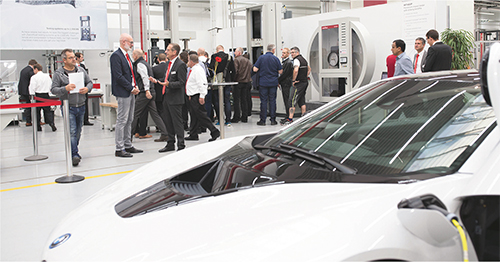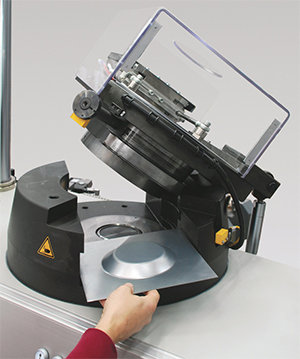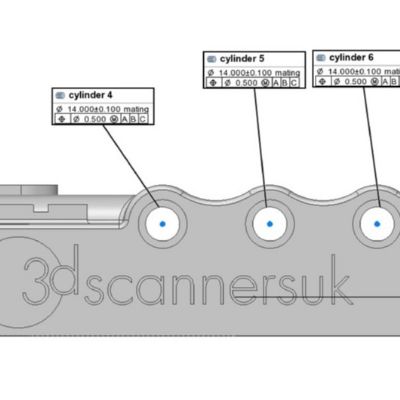Testing Evolves to Tackle Evolving Materials and Processes
December 1, 2018Comments
A visit to a testing-equipment supplier in Germany revealed challenges in evaluating newer steels in unique processes, and how those challenges are met.
 |
| BMW employs various testing methods to ensure formability of materials to meet challenging auto-panel designs, as shown in this exhibit at BMW World at the carmaker’s headquarters in Munich, Germany. |
The company’s headquarters in Germany, with about 1100 employees, includes automotive and metals competence centers. The centers house various sheetmetal-testing equipment for use by primary metals producers, service centers and metalformers as well as their end-use customers such as automotive, aerospace and medical OEMs. We saw these machines in action, used for resistance, force and displacement as well as other measurements.
“The U.S. market is very important to us,” Dr. Jan-Stefan Roell, CEO of ZwickRoell GmbH and representing the third-generation of leadership in his family company, told MetalForming during our visit. “Our U.S. sales figures are growing rapidly. To show our commitment, we recently bought land in Kennesaw for our North American headquarters.”
Recognizing the lean-and-mean nature of the North American sheetmetal-forming and fabricating industries, Roell stresses the need for professionals in these industries to know the limits of their materials.
“Those producing parts from sheetmetal push materials to their limits, and testing machines enable such companies to double-check simulations and real-life results,” he explains.Panel-Waviness Applications in Automotive
 |
| MetalForming viewed various testing machines and applications during ZwickRoell’s testXpo at its headquarters in Ulm, Germany, this past fall. |
Through tours and presentations, we learned of various organizations employing testing apparatus to ensure ideal sheetmetal performance during and after forming. For example, Voestalpine produces sheetmetal specimens to test surface waviness per a Volkswagen standard for autobody panels. Specimens are tested specifically for long waviness, a condition that does not reveal itself on formed components until they are painted—by this point, corrections result in excessive scrap and time costs.
A 600-kN static materials-testing machine along with a deep-draw-test fixture, both supplied by ZwickRoell, are used for cupping tests on these specimens. A special feature of the testing system: a laserXtens extensometer with eight measurement axes. It measures surface strain without making contact with the test material and stops forming at a set value. With this capability, specimens need not be premarked, thus saving preparation time. Voestalpine is the first user of this technology package and, should testing demand increase, it can be expanded to include an automatic specimen-feeding system.










